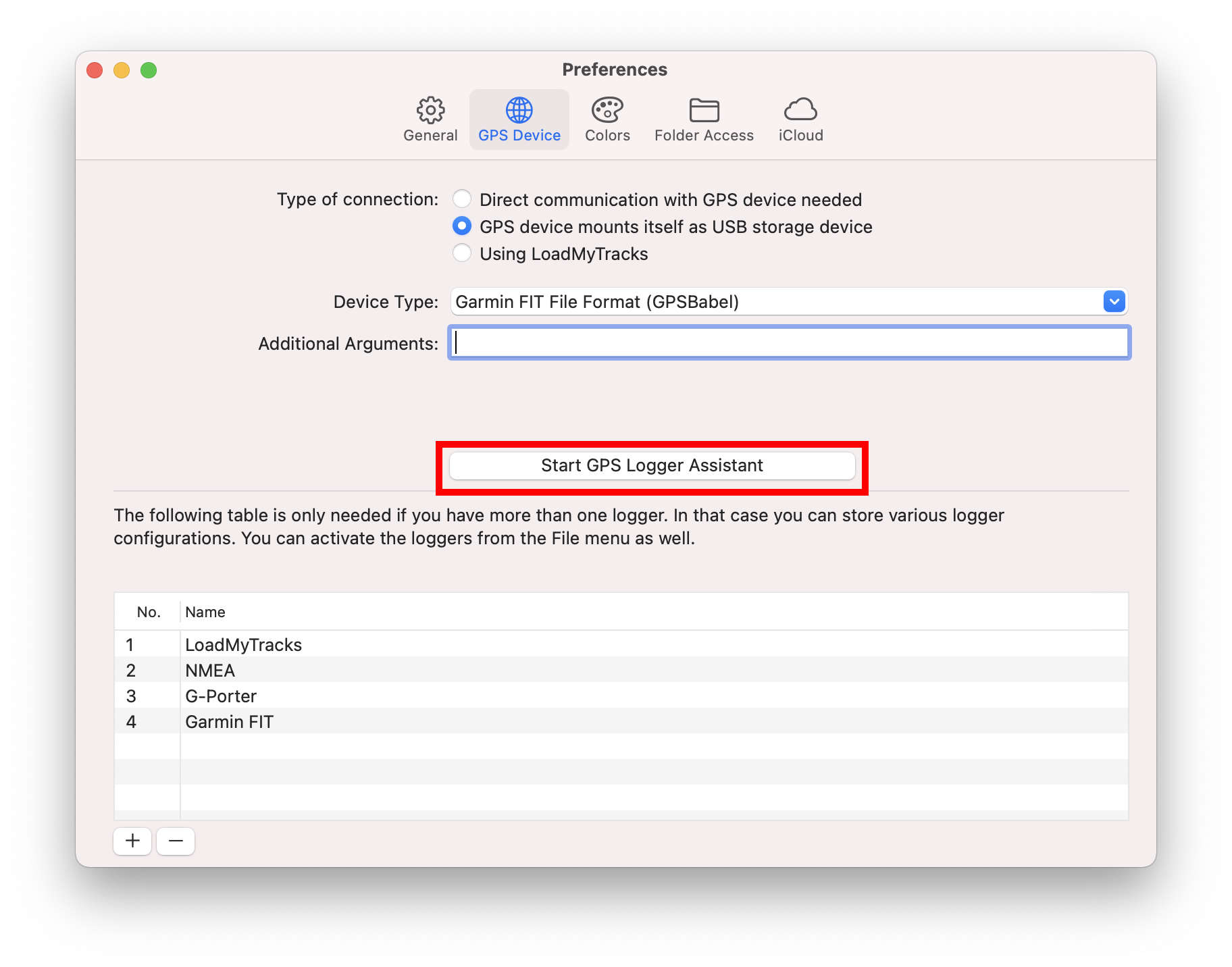
- How to import gpx using mytracks software#
- How to import gpx using mytracks code#
- How to import gpx using mytracks download#
- How to import gpx using mytracks free#
R – Finding and Setting Working Directory.LibreOffice – address label merge (from spreadsheet).
How to import gpx using mytracks code#
The code should look something like this: Īnd here’s how it looks actually embedded on your site: You’ll then get a window with the embed code: To embed the map, click the three little vertical dots near the title and select “Embed on my site”: Now you can embed the map into a different website or just share the link with people. You can change that by clicking at the bottom of that window where it says “Change to anyone with the link.” First, change the permissions by clicking on the “Share” icon.īy default, maps are restricted and you can only provide access to specific people. When you’re done modifying your map, you should do two things to share it. I added three pins, a title, and a description to my map: You can also change the Base map to terrain or satellite instead of the default map. You can also add layers, add points of interest, insert pins, etc. You should obviously click on where it says “Untitled map” and give it a name. Now you have lots of options to customize your map. If you’re going to create a lot of these, you should do the same.) (BONUS: Since I have created quite a few of these for my hikes, I actually try to keep them organized in my Google Drive. Either way, as soon as it has been uploaded, the site will process it and overlay your track onto a map, like this: You can either click on the blue button and select your GPX file or just drag it to the window. On the next screen, you’ll see a checkbox next to “Untitled Layer” and below that a link that says “Import.”Ĭlick on the “Import” link and you’ll get this window: The link to upload and create maps using Google Maps is this one: Assuming you are signed in and everything works, you should see a page called “My Maps” that looks like this: I’ve made a fair number of maps!Ĭlick on “+CREATE A NEW MAP”, the big red button. Google doesn’t make this easy (and, admittedly, it has changed over time). The next part is always the part that takes me the longest when doing this – figuring out the URL where I can upload the GPX file to create a map. If you’re curious, you can open the GPX file with a text editor and see that it is basically just a list of points using a markup language.
How to import gpx using mytracks download#
Download it to your computer (and, of course, remember where you downloaded it to). You should then get a prompt to download a GPX file. To export the GPS track of your activity, look for the gear icon on the upper right of the screen:Ĭlick on the gear icon and you’ll see several options. Look for and find the activity you want to share.Ĭlick on the activity you want and you’ll see all the details for the activity. Once you have logged in, click on the Activities tab. Here’s how I do that.įirst, log in to your Garmin Connect account. I would recommend as it is both lightweight and easy to use.While it’s possible to share your Garmin tracks or activities with people through the Garmin website, I like exporting my tracks to Google Maps so I can embed them on my website.
How to import gpx using mytracks free#
Typically, these programs will be free to use but some will require a quick installation. Just type GPX to KML converter into your search engine and you’ll receive plenty of results from which to choose.

How to import gpx using mytracks software#
There is plenty of conversion software available to you online, which is likely the more convenient route to take. The best way to ensure that all data from a GPX file is properly imported into Google Maps is to first convert it to KML, Google’s preferred format. It will benefit you more in the end if you decide to convert the map file to KML yourself, prior to uploading it to Google Maps. However, there is still that possibility your GPX file was not fully converted by Google Maps and didn’t produce all of the necessary data. It seems simple enough, right? The process really is. Hit the Upload button and your map waypoints should be added to the new map, automatically. You can choose to do so or simply drag and drop the file directly into the area provided.


 0 kommentar(er)
0 kommentar(er)
